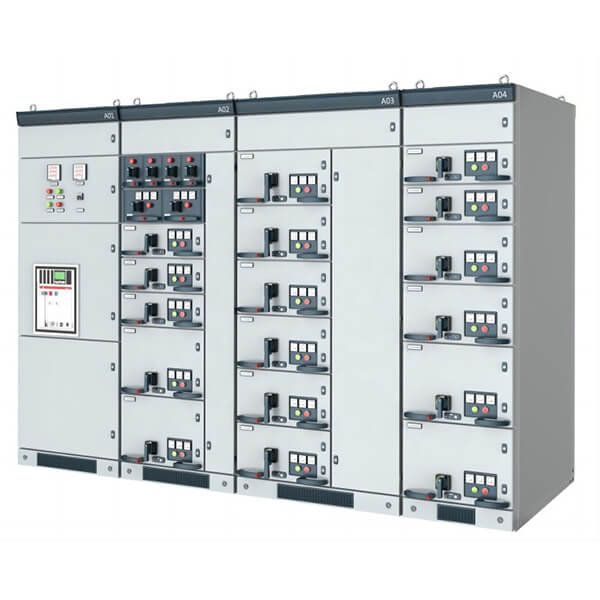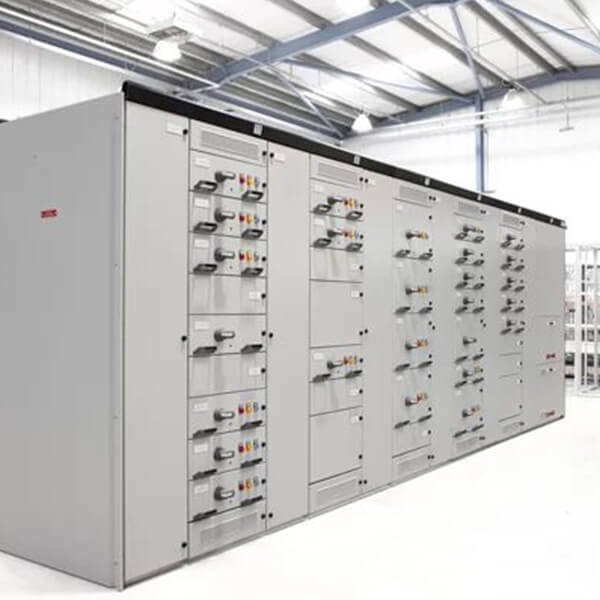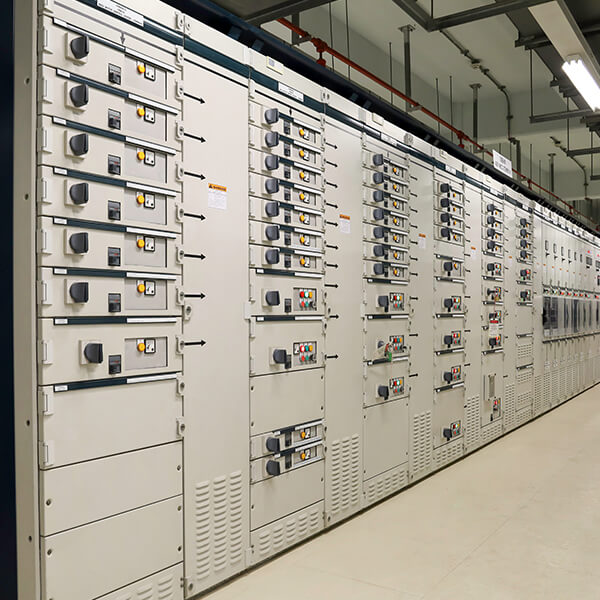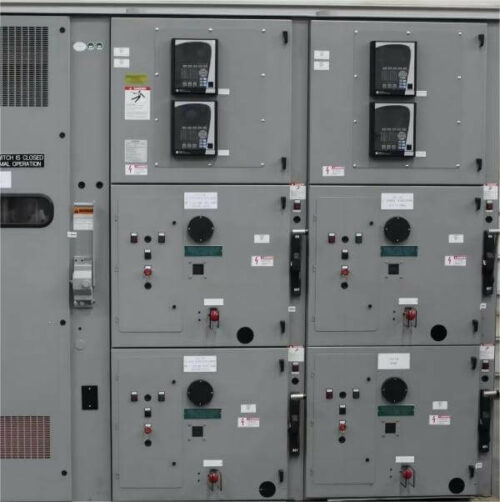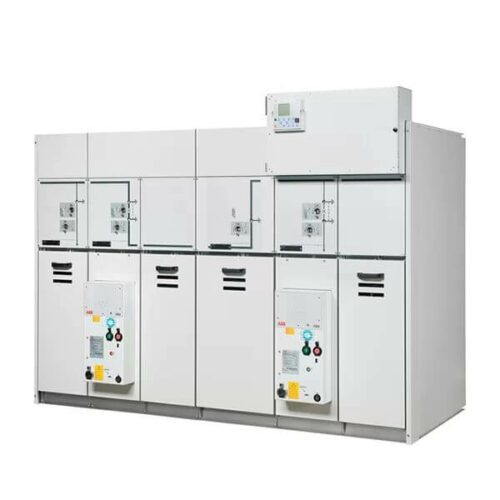The low voltage motor control center (MCC) is an integrated electrical control equipment used to start, stop, and protect motors. It provides centralized control and power distribution for motors in industrial and commercial applications.
The low voltage MCC consists of a frame, busbars, circuit breakers, starters, control devices, interlocking devices, cable ducts, etc.
